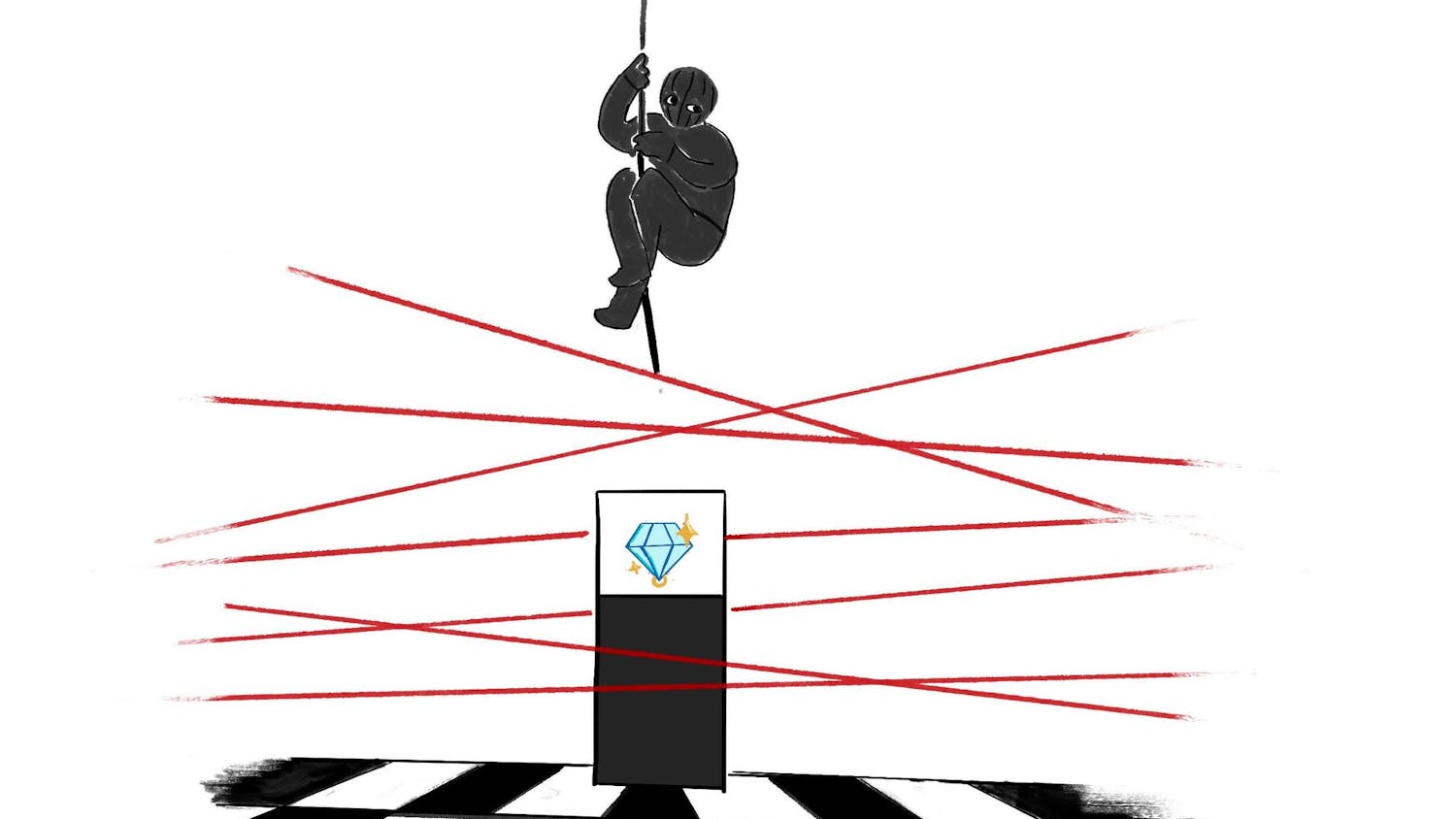Comic books are being adapted today more than ever before. With the release of “Thor Ragnarok” this past weekend and “Justice League” in two weeks, as well as show’s like “The Flash,” “Arrow,” and “Supergirl” hitting their midseason, it’s important that we take a look at how comic books were first adapted into early film and telvision.
This is part II of our series on the comic book invasion.
The first medium that comics were adapted onto was the radio, and with that came the ability to attach a voice to the characters on the page. As technology progressed, with sound coming to film and the introduction of the television, comic adaptations changed with it.
Early films often came out in short serials. Captain America, Batman, Captain Marvel and Superman all got numerous serials throughout the 1940s, being shown before the feature film of the day.
This want for serialized content never went away but was replaced with televised serials. Television allowed people to enjoy entertainment from their own home, and because all channels were free as long as you had a working television and antenna, television soon became one of the dominant ways in which Americans spent their leisure time.
Television became the home of talk shows, comedies, dramas and news. Superhero properties were of course used as a source for this burgeoning market of television.
Famously, George Reeves starred as Superman from 1952 -1958 in the television show “The Adventures of Superman,” not to be confused with the radio show of the same name.
The show was incredibly popular, and it would’ve lasted longer if not for Reeves’ untimely death in 1959 from a gunshot.
As time went on, television became more accessible across the country, and more and more shows were being produced. By the mid-1960s, TVs were in more houses than ever before.
The 1960s also brought about one of the most famous superhero adaptations of all time, Adam West’s “Batman.” Known for its campy humor, antics and flashy style, Batman became a pop culture phenomenon.
The nature and tone of the show went along with the comic books of the day. Back in 1954, the Comics Code Authority began as a way of self-regulating comic books due to massive amounts of complaints from parents about the violence shown in certain books.
Many of the regulations placed limits on violence and suggestive language, while also prohibiting words like terror, horror and crime. These regulations turned mainstream comics into campy children’s stories.
This influence is seen in West’s “Batman.” The complete silliness of the show was a direct influence of the 60s culture and campy comics of the time.
This extended use of comic characters on television continued to imbue these characters in pop culture.
While television continued to grow, film tried numerous methods to recapture their dwindling audience. Whether it was new technology, improving theater conditions or longer movies, the film industry did whatever they could to convince audiences that it was the best place to go to for entertainment.
Comic book characters weren’t seen in theaters as often as they were on television during this time. This was forever changed when Warner Bros. released Richard Donner’s “Superman” in 1978.
With the tagline “You’ll Believe a Man Can Fly” the movie was groundbreaking in its special effects. Starring Christopher Reeves as Superman, it featured an epic science fiction tale chronicling Superman’s birth on the planet Krypton and the story of the hero fighting the evil businessman Lex Luthor, played by Gene Hackman. The movie was a massive hit and brought on three sequels.
“Superman” showed that the big screen was the perfect place for superhero projects.
With a larger budget and a more self-contained narrative, the film could more easily show the crazy powers and shenanigans that were seen on the comic book page than television could.
“Superman” the movie started a new era of superheroes in other media and brought superhero characters even further into the pop culture of the United States.
Do you like this story? The Plainsman doesn't accept money from tuition or student fees, and we don't charge a subscription fee. But you can donate to support The Plainsman.




